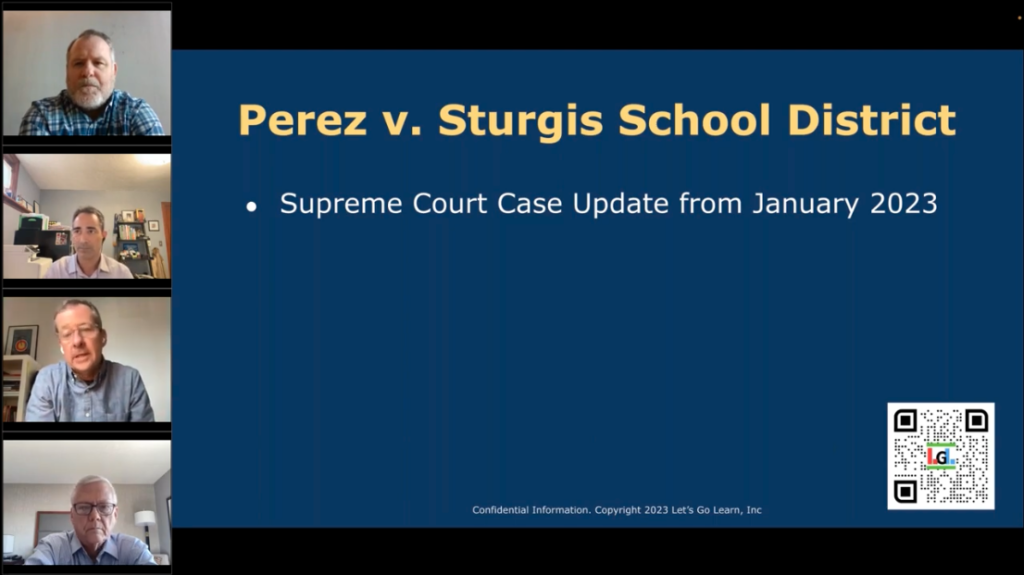One of the most significant special education court cases in several years has been decided by the US Supreme Court this week. The case, Perez vs. Sturgis, clarifies the circumstances in which a disabled student has the right to sue a school district for failing to provide a “Free Appropriate Public Education” (FAPE).
Students with disabilities are entitled to the same K-12 education as kids without disabilities, regardless of their disability. FAPE is a recognized special education standard across the US and has been for half a century. It stems from Section 504 of the Rehabilitation Act of 1973, which states:
No otherwise qualified individual with a disability in the United States . . . shall, solely by reason of her or his disability, be excluded from the participation in, be denied the benefits of, or be subjected to discrimination under any program or activity receiving Federal financial assistance . . .
Clarifying complex IDEA and ADA laws
In the Perez vs. Sturgis case, the US Supreme Court made a rare, unanimous ruling that the student plaintiff in the case could sue his school district under the Americans with Disabilities Act (ADA) for damages, while the required administrative process required by the Individuals with Disabilities Education Act (IDEA) was still ongoing. Justice Neil Gorsuch wrote the 7-page decision, clarifying that students with disabilities can sue under the ADA for monetary awards which are not supported under the IDEA. IDEA allows students to receive additional services and tuition for private schools as compensation for violations, but it does not provide monetary awards. The ruling clarifies the interplay between these 2 civil rights laws, and potentially benefits disabled students by allowing them to sue under the ADA earlier than they could otherwise.
The international organization Council of Administrators of Special Education (CASE) provided an amicus brief in support of the student in this case. CASE Executive Director Phyllis Wolfram said in a press release, “Implementing the requirements of the Individuals with Disabilities Act (IDEA) continues to hold challenges for many school districts across the nation. It is one of the most complex federal laws in existence. Though this decision does not significantly change current practice, there are clarifications needed and lessons to be learned.”
The case of Miguel Perez
The case centers around a deaf student named Miguel Perez, who was entitled to FAPE throughout his K-12 education. Miguel communicates using America Sign Language, and his family assumed that his Michigan school district was providing educational aides who could communicate with him. They did not. To make matters worse, Miguel’s report cards continued to show As and Bs throughout his schooling, so his family assumed he was doing well. However, he never progressed past 3rd grade reading.
When it came time for Miguel to graduate from high school, his school did not offer him a diploma based on his test scores. His family was shocked, and began legal action against his school district for compensation and correction. The case has dragged on for almost a decade and Miguel is 27 years old now.
This ruling underscores the huge responsibility school districts have to provide FAPE to students with disabilities. There are over 7 million special education students in the US today, and it’s important the needs of every student are individually addressed, typically through their Individualized Education Programs (IEPs).
Easily and quickly generate accurate data for IEPs
More information
Let’s Go Learn provides a wealth of resources on the IDEA, including a detailed examination of its contents and meaning, in our Special Education resource topic.
Let’s Go Learn also sponsored the legal webinar on the right, which discusses the impact of Perez vs Sturgis.



Leave A Comment